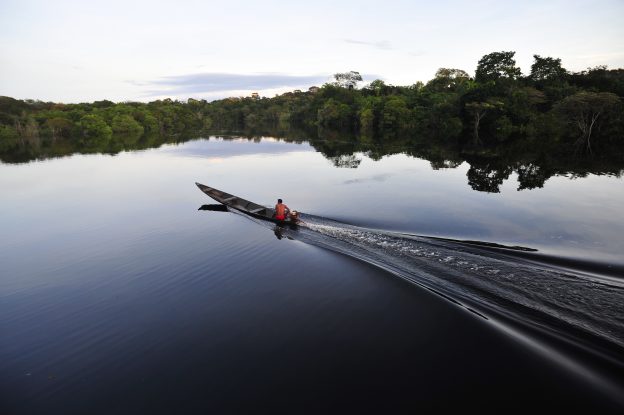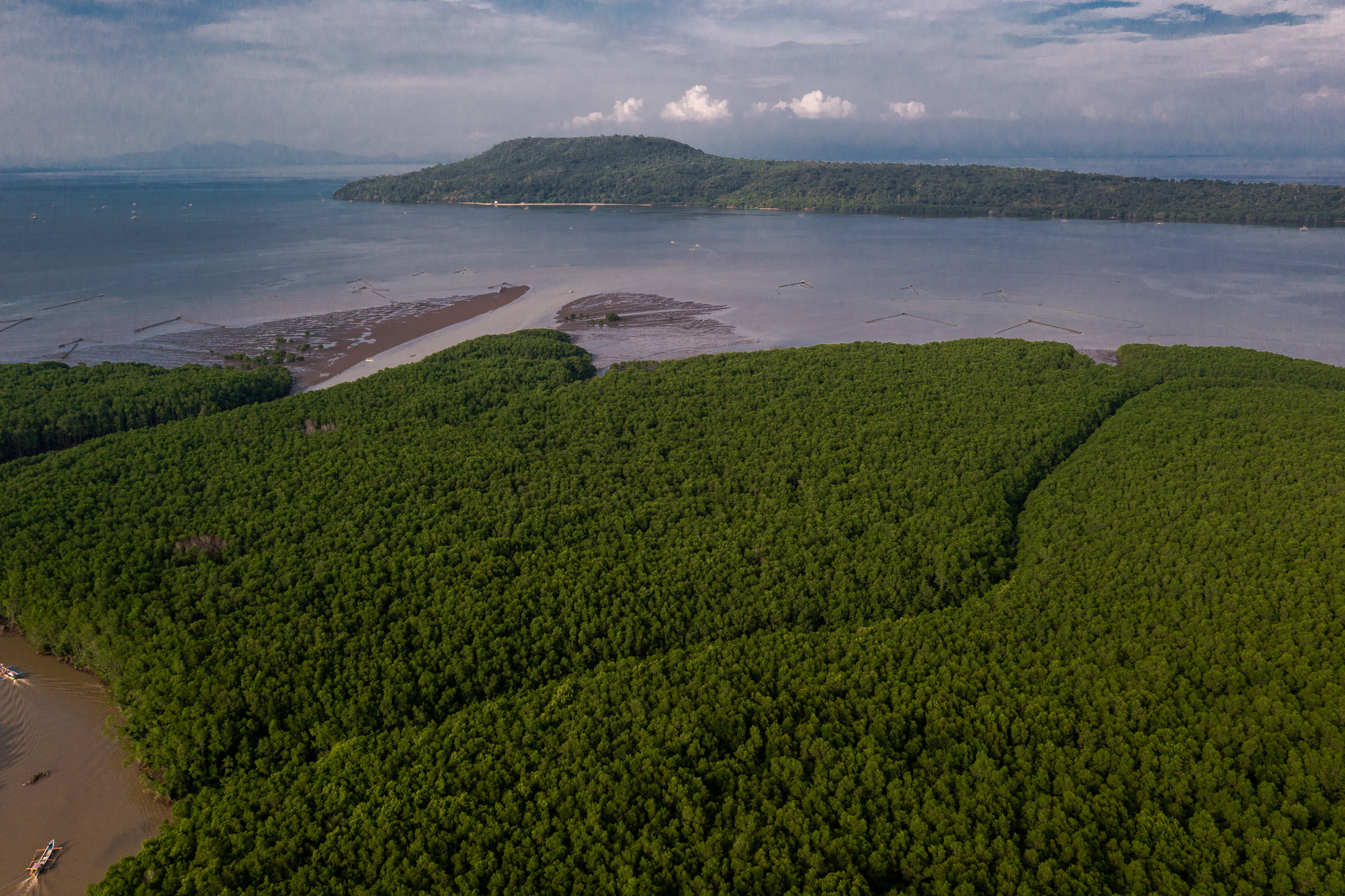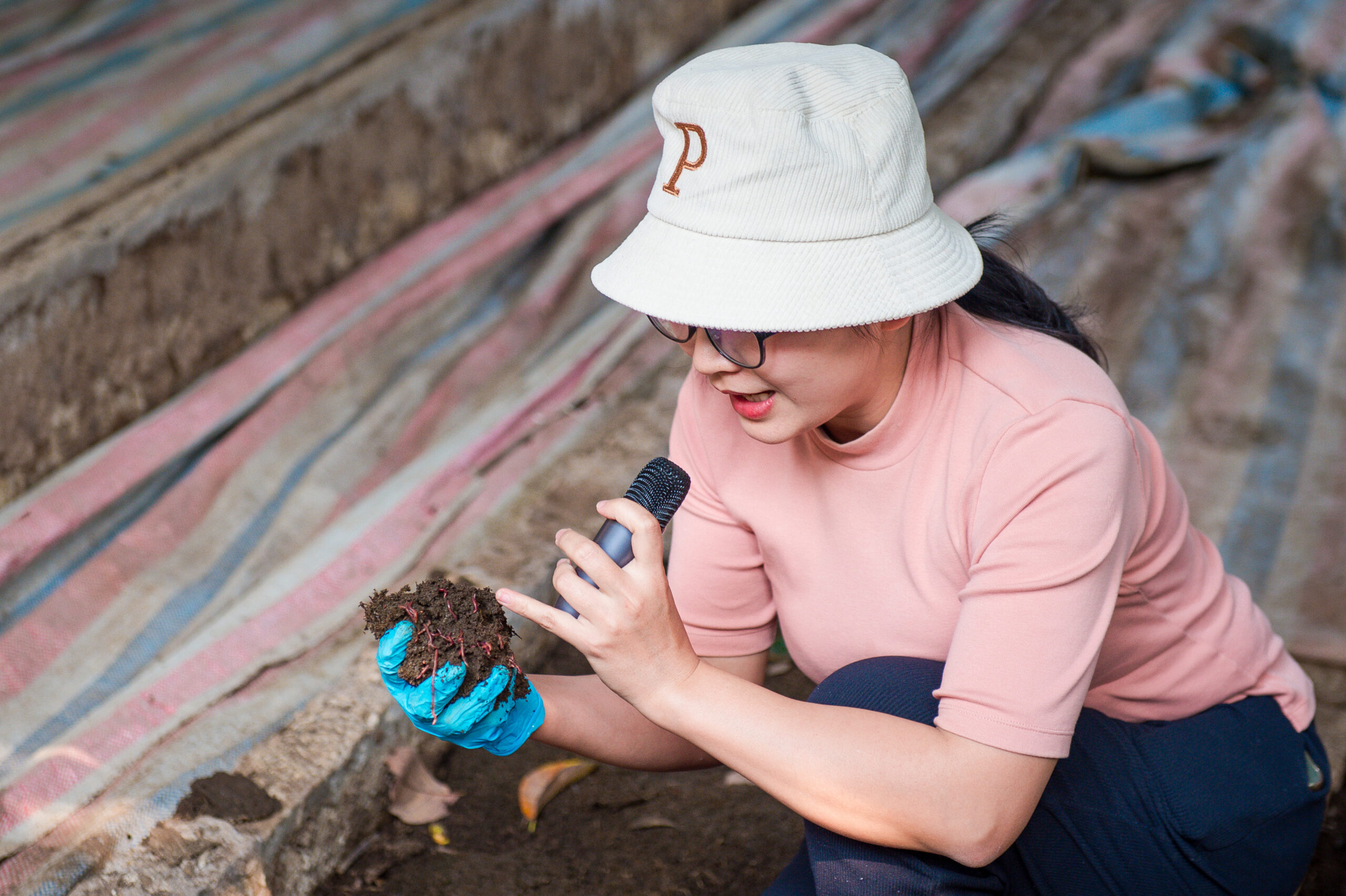To the people of upland Laos being poor means using up all their rice and having no cash or cattle they can sell to buy more. When that happens they turn to the forest. They hunt, fish, and harvest wild cardamom, bamboo shoots and vegetables, as well as resins, rattan canes, and other products. They consume some of these directly. Others they sell to buy rice. In many remote upland villages these products provide 40-60% of household incomes. For the poorest families the percentage is often much higher. Forest products have traditionally been available when people need them the most.
For many of these people life is getting harder. Due to population growth, government policies, and outsiders encroaching on their forest many families now have less land where they can practice shifting cultivation. Over-harvesting has depleted many forest products. In some areas this has led younger people to turn to crime and opium, and even to sell their own children.
John Raintree and Viloune Soydara recently wrote a piece on the “Human Ecology and Rural Livelihoods of Laos.” They argue that while the Laotian government says all of the right things about the problems, it has yet to implement effective policies to deal with them. The Laotian “Land Allocation” program, which regulates where farmers can practice shifting cultivation, needs to be more flexible and participatory and focus more on land use planning, rather than on allocating specific plots to farmers. The government’s community forestry policies should focus more on the secondary and degraded forests poor people depend on. The government should also ensure that policies concerning non-timber forest products do not lead to greater over-harvesting of those resources or increase the competition between poor people and powerful interest groups.
Without ongoing access to forest resources, poor people in upland Laos will go hungry. When they run out of rice the go to the forest. When they run out of forest, where will they go?








